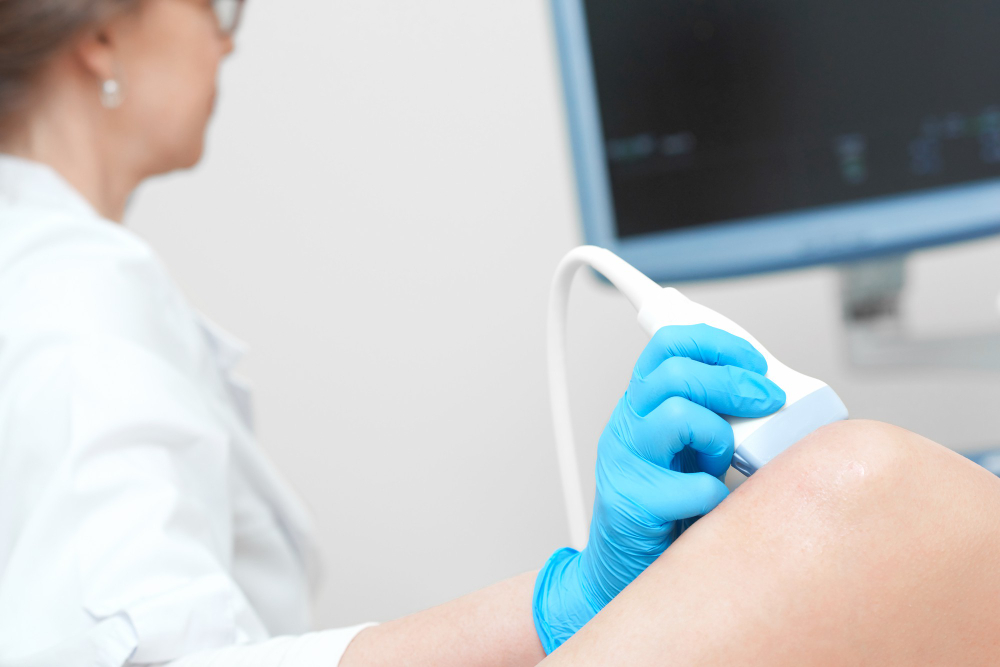Deep vein thrombosis (DVT) is a serious condition that occurs when a blood clot forms in a deep vein, usually in the leg. While it can be life-threatening, it is treatable and often curable with prompt medical attention.
What is DVT?
DVT is a type of venous thrombosis, which is the formation of a blood clot in a vein. Deep veins are located deep within the body, as opposed to superficial veins that are close to the surface. DVT most commonly occurs in the legs, but it can also develop in the arms, pelvis, or other parts of the body.
Why does DVT happen?
Several factors can increase your risk of developing DVT, including:
- Immobility: Prolonged sitting or bed rest can slow blood flow and increase the risk of clotting.
- Surgery: Surgery, especially on the legs or pelvis, can damage veins and increase the risk of clotting.
- Injury: Injuries to the legs or pelvis can also damage veins and increase the risk of clotting.
- Medical conditions: Certain medical conditions, such as cancer, heart failure, and inflammatory bowel disease, can increase the risk of DVT.
- Medications: Some medications, such as birth control pills and hormone replacement therapy, can increase the risk of clotting.
- Pregnancy: Pregnancy increases pressure on the veins in the pelvis and legs, which can increase the risk of DVT.
- Family history: A family history of DVT can increase your risk of developing the condition.
Is DVT curable?
With prompt diagnosis and treatment, DVT is often curable. Treatment typically involves anticoagulant medications, which help to prevent the clot from growing and prevent new clots from forming. In some cases, clot-dissolving medications or procedures may be necessary.
How long does it take to recover from DVT?
Recovery time from DVT can vary depending on the severity of the clot and the individual’s overall health. Most people will need to take anticoagulant medication for at least three months, and some people may need to take it for life. It is important to follow your doctor’s instructions carefully and attend all follow-up appointments.
Important Note: If you experience any symptoms of DVT, such as leg pain, swelling, redness, or warmth, seek immediate medical attention. DVT can be a life-threatening condition if a blood clot travels to the lungs (pulmonary embolism).
regular exercise is always help our body to recover faster adapt healthy lifestyle to have healthier life.




